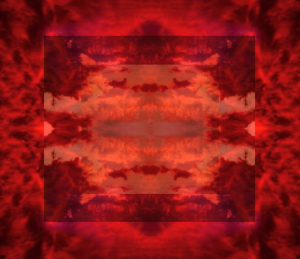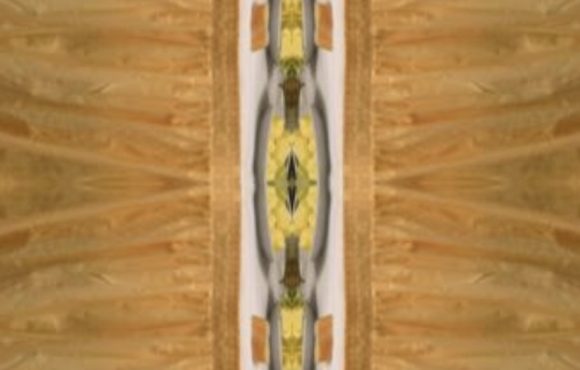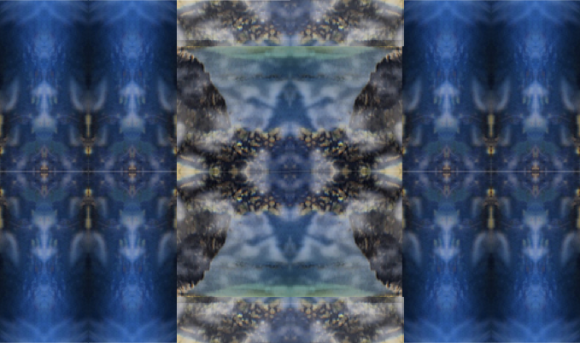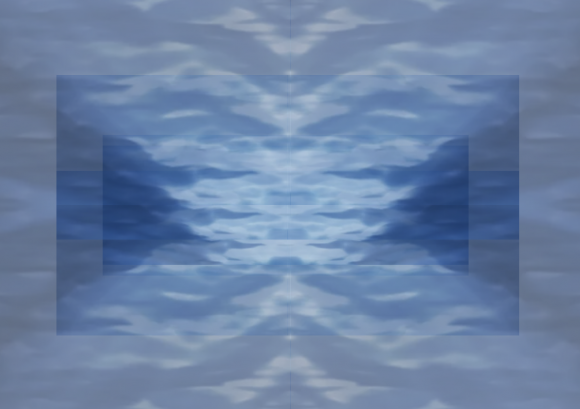At this point I shall introduce more terminology, some of which I’ll borrow from mediaeval notions. A set of events like that of the death of Damocles and his clock stopping, where some can be understood as a metaphorical expression of others in the set, I’ll call a figuration (from the Latin figuratio).
In the middle ages, there was a sense (in theology and philosophy) that things and events in the outside world had a symbolic meaning which pointed beyond them, and thus an event could be read as metaphorically expressing another event. I don’t mean to inherit this as a metaphysical notion, though: for me it is sufficient if there is a description under which a set of events appears as a figuration, whereas under other descriptions (including physical standard descriptions) it has no such characteristic. (I’m thus treating figuration here analogously to how analytical philosophy has dealt with intention, itself a term borrowed from the mediaeval intentio by Brentano, in a similar manner.)

If a person involved with the events in a figuration perceives them as such, takes up their gestalt as a figuration (and thus recognizes the metaphorical connections, at least implicitly), we have a psychological process in addition to the figuration itself, which I’ll call a configuration. A configuration involves a subjective perspective on something that’s objectively there (under some descriptions), namely, a figuration (which then might be called its configurational content); I take this to mean that we’re necessarily entered psychological territory, with all the complexities that involves. Needless to say, there can be multiple different configurations in this sense, even given just one set of events that make up a figuration, and there are no laws or rules that govern what a configuration looks like given just the events that make up a figuration. (I subscribe thus to a form of Davidson’s anomalism of the mental with respect to events, not only under their physical descriptions, but also under their figurational descriptions: there are no psycho-physical laws, and there are also no psycho-figurational laws; I’m not claiming that figurations are governed by strict rules or even laws, but even if they are, I assume these will not propagate to the psychological realm of descriptions. Another way of putting this, albeit less congenial with Davidson, would be to say that figurations belong with the objective side of things rather the subjective, that is, mental or psychological realm of descriptions, characterized by intentionality, whereas configurations belong to the latter. But of course, the latter claim is almost trivial, whereas the former is not obvious at all, and will need much further investigation.)
Novels can include pure figurations, by utilizing the narrator’s voice, speaking from “the view from nowhere” to present events and their metaphorical connections without involving any character. It’s not as if there is no subjective path here: novels simulate that via the reader. But in the real world equivalent, there’s always a character who is in a configuration. There are no pure figurations in the real world, only configurations. (This is what I have gestured at earlier when I said that a character’s psychology enters necessarily in the real world stories, whereas in the novel scenario, that’s optional.) When there is a configuration, there is a psychological process, bound to an individual person and their involvement with the situation.



